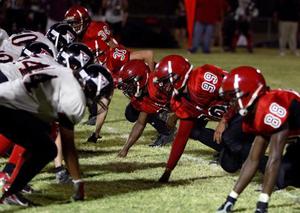
The question remains whether to turf or sod the Maricopa High School football field, after members of the Maricopa Unified School District Governing Board tabled the matter on Wednesday.
During the session, board members viewed a presentation explaining the financial aspects as well as use capabilities of using artificial turf on the new football field as opposed to grass.
Already budgeted for the redesign of the high school is more than $460,000 dollars to install an irrigation system and to sod the football field.
If artificial turf is used, the initial cost would be just shy of $1.2 million.
Financial Director Burnie Hibbard said the benefit of using artificial turf is the increased availability of the field, allowing multiple sports programs to use it for games and practices without risking damage. With sod, the field can be used no more than once per week to maintain it properly.
“At most high schools, there are at least two fields to be used for practice and games,” Hibbard said. “Since we do not have the space to build a second field, the football field needs to be able to accommodate multiple uses.”
If the space were available, Hibbard said the school would likely add a second field, increasing the budget to a comparable figure to the cost of the artificial turf.
According to the presentation, sod costs an estimated $1,500 per event, whereas the turf would cost just over $700. Board member Tim White did not agree with the numbers, stating they were based on the assumption that the turf would be used three times as much as the sod which likely would not be the case.
Hibbard assured White the field would be used quite often not just by the three football teams, but by the soccer teams and physical education classes.
During the presentation, the board viewed information about two options for the brand of artificial turf the school could use, although the presenters heavily favored Field Turf. Field Turf is used by professional sports teams for both practice fields and stadiums. According to the company’s Web site, Field Turf does not contribute to injuries associated with other types of artificial turf. Also noted during the presentation, student athletes would not be required to purchase special shoes for the turf, because grass cleats can be worn on the turf.
White said he is concerned with the high cost of the product compared to its durability under intense Arizona conditions. Board President Jim Chaston agreed, requesting that Don Brubaker, of Gilleland Brubaker Architects or Hibbard present the board with information regarding studies on the durability of the turf under Arizona’s weather conditions.
One drawback to the turf, as noted by Lars Erickson, who assisted Brubaker and Hibbard in presenting the information, is the fact that the temperature of the turf is generally 15 degrees higher than the air temperature. To combat this, Erickson said most people who use the surface, use a sprinkler system to cool down the turf. The amount of water used over the life of the turf is generally the same as the amount that would be used to maintain sod, Erickson noted.
After the board deliberated for several minutes, Chaston made a motion to table the vote until more information could be gathered and the board could make a more informed decision. Board member Shannon Johns seconded the motion that passed 4-0. Board member Shannon Amos was not in attendance.
File photo

![Who’s the Best Mom InMaricopa? Nominate now! Marlene Marshall, Christina Olivares, and Meghan Bremer. [Bryan Mordt]](https://www.inmaricopa.com/wp-content/uploads/2023/05/BCM_8465-218x150.jpg)

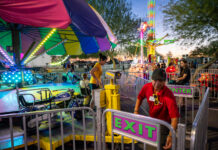
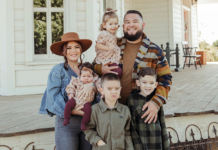
![Maricopa sheds tears amid Maui wildfires that killed dozens For Maricopa resident Janelle Gomez, the sorrow mirrors the loss of a family member. [Brian Petersheim]](https://www.inmaricopa.com/wp-content/uploads/2023/08/Gomez-218x150.jpg)
![Embracing Freedom: Celebrating the Fourth of July Councilmember Vincent Manfredi at Great American 4th 2021 [Victor Moreno]](https://www.inmaricopa.com/wp-content/uploads/2023/07/2021-Great-American-4th-e1688414543522-218x150.jpg)

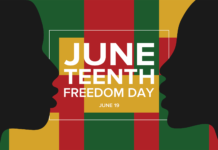
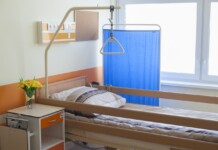


![Alleged car thief released without charges Phoenix police stop a stolen vehicle on April 20, 2024. [Facebook]](https://www.inmaricopa.com/wp-content/uploads/2024/04/IMG_5040-218x150.jpg)

![MHS G.O.A.T. a ‘rookie sleeper’ in NFL draft Arizona Wildcats wide receiver Jacob Cowing speaks to the press after a practice Aug. 11, 2023. [Bryan Mordt]](https://www.inmaricopa.com/wp-content/uploads/2024/04/cowing-overlay-3-100x70.png)


